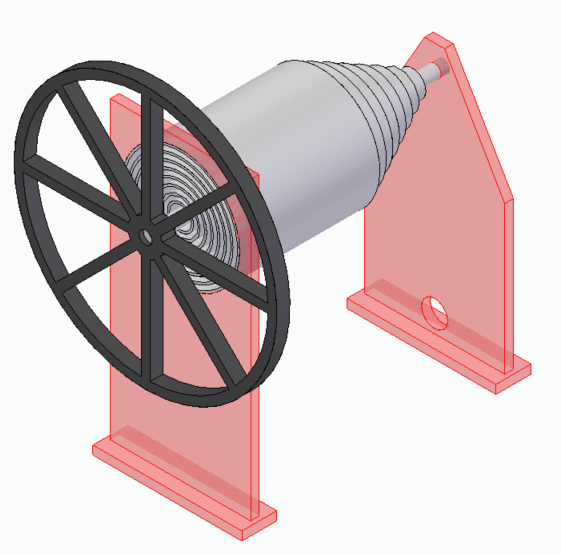Thanks for all the responses and insight, truly appreciated. That 3-d cartoon is missing a lot of detail that I didn't have time to put in so I'll do my best to describe what is missing for now and maybe I'll go back and add some detail to the model if I find the time.
Scale: The inner most shaft is shown at 75mm dia (based off of the unit I am looking to replace) and the outermost layer is 675mm dia.
Drive: Each layer of this system will be driven independently which is why they are tiered on the back end. Each layer will get its own belt drive to a servo for independent control (to allow for fully programmed control of the cam).
Linkage to the elements on the carousel: The individual elements residing on the perimeter of the carousel and the linkage to the concentric shafts are not shown, but the idea is to accelerate and decelerate them as they rotate along with the carousel, which will rotate at a constant rpm. So if you imagine the carousel is running at 0 rpm the concentric shafts would simply oscillate back and forth.
Roller element bearings: This is what I first envisioned for the system but in my searching I was unable to find bearing that would be large enough in diameter for the outer layers, small enough profile to avoid adding excess girth to the overall assembly, and rated above 125 rpm. If anyone has suggestions for a supplier or product line I'd be all ears.
Once again thanks for taking the time to read and comment, always great to hear someone else's perspective.

